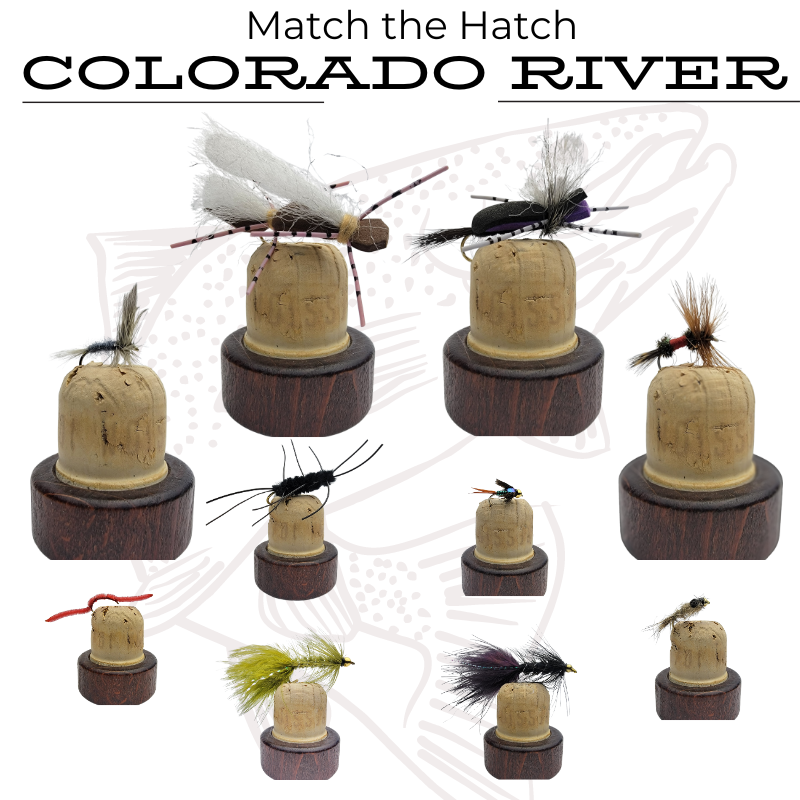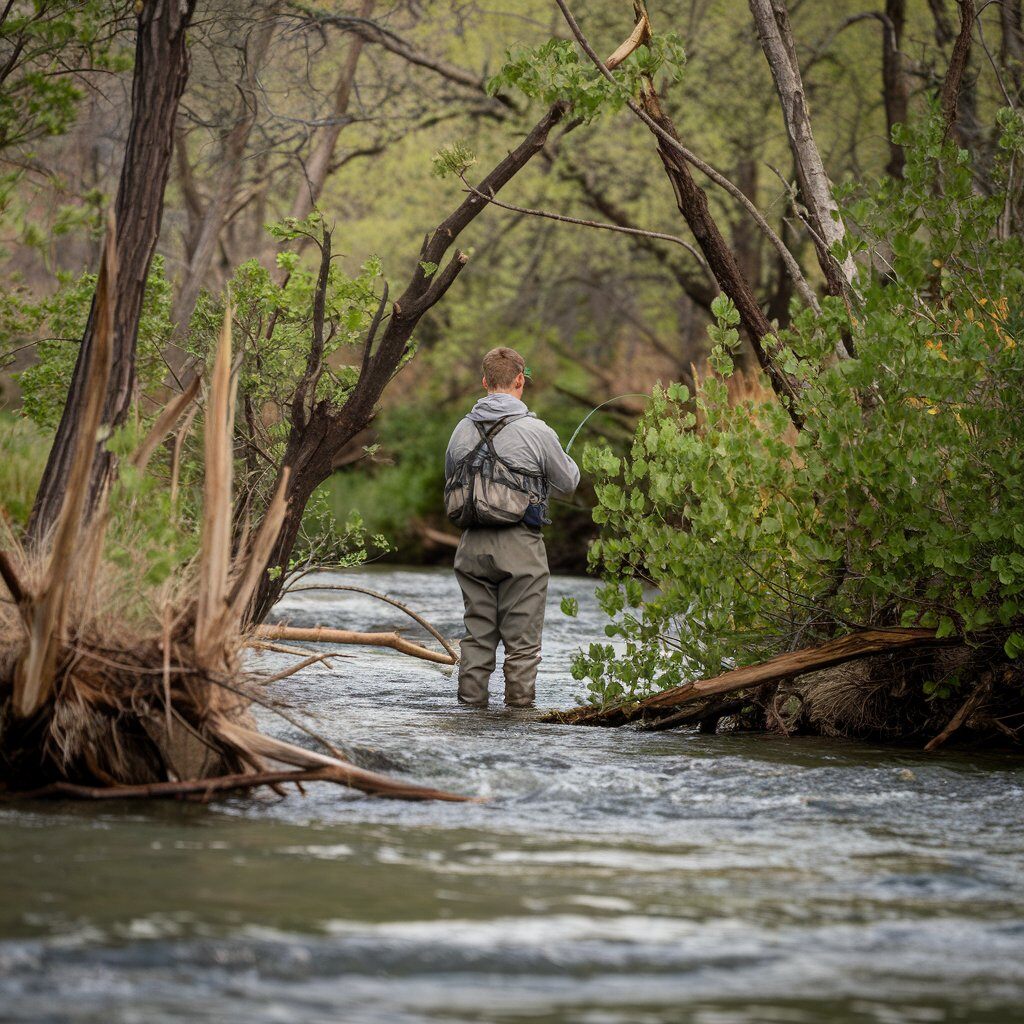Fly fishing for cutthroat trout in Colorado’s high-altitude lakes presents a unique challenge, but with the right fly patterns, you can target these native fish effectively. The clear, cold waters of these alpine lakes often call for precise fly selection and technique. Here's a guide to the top flies you should have in your fly box when chasing cutthroat trout in these beautiful yet demanding environments.
1. Parachute Adams (Sizes 12-18)
The Parachute Adams is a go-to dry fly for targeting cutthroat trout, especially in high-altitude lakes. Its versatile design mimics a variety of mayflies, making it a reliable choice during hatches. Cutthroats in alpine lakes are known to rise for dry flies, and this pattern's high visibility and buoyancy make it perfect for calm mornings and evenings when trout are cruising the surface for insects(

2. Elk Hair Caddis (Sizes 14-18)
Cutthroat trout in high-altitude lakes often feed on caddisflies, especially during the summer months. The Elk Hair Caddis is an excellent dry fly that floats well on the surface, even in slightly choppy water, and effectively imitates adult caddisflies skimming across the water. Use this fly when you see trout rising sporadically or during a caddis hatch(

3. Stimulator (Sizes 10-16)
A Stimulator is a fantastic attractor fly that can mimic a variety of insects, including stoneflies, grasshoppers, and even terrestrials like ants. In high-altitude lakes, cutthroat trout are opportunistic feeders, and a larger dry fly like the Stimulator can draw aggressive strikes from these fish, especially in late summer when terrestrials are more common around alpine environments

4. Woolly Bugger (Sizes 6-10)
The Woolly Bugger is one of the most effective streamer patterns for catching cutthroat trout, particularly in deeper sections of high-altitude lakes. Its versatility allows it to imitate small baitfish, leeches, or aquatic insects, which are key food sources for cutthroats. Use a slow strip retrieve near drop-offs or rocky outcrops where trout are likely cruising(

5. Chironomid (Sizes 16-22)
In high-elevation lakes, chironomid (midge) larvae and pupae are an essential food source for cutthroat trout. Fishing a chironomid under a strike indicator can be highly productive, especially when the water is still and clear. Small midges fished deep are often irresistible to cutthroat trout(

6. Ants and Beetles (Sizes 12-16)
Terrestrials, like ants and beetles, often get blown into alpine lakes, making them a key food source for cutthroat trout. These fish are opportunistic feeders and will eagerly rise to the surface to take advantage of a drifting ant or beetle pattern. This makes terrestrial flies an excellent choice during summer months when insects are most active near the water(

Pro Tip: A High-Altitude Adventure
Fly fishing for cutthroat trout in Colorado’s high-altitude lakes is a rewarding experience, both for the beauty of the landscape and the thrill of landing native trout. By stocking your fly box with these essential patterns, you’ll be well-equipped to match the hatch and adapt to the unique conditions of these alpine waters.
.png?width=300&height=100&name=Copy%20of%20Rise%20Beyond%20Logo%2012.31.24%20(300%20x%20100%20px).png)
.png)


